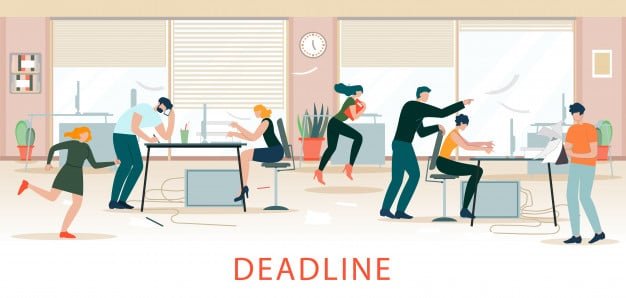Super Bowl Weekend Leads to Uptick in Fraudulent TV Returns
Super Bowl Weekend Leads to Uptick in Fraudulent TV Returns
Super Bowl Sunday is a joyous time for the nearly 100 million sports fans who tune in. They spend the evening rooting for their favorite team, munching on finger foods, and singing along during the halftime show. But for retailers, Super Bowl weekend has spawned a disturbing business trend that’s nothing to celebrate – a form of retail fraud known as wardrobing.
What is Wardrobing?

Wardrobing takes its name from an age-old fraudulent practice in which customers buy clothes, wear them for a special occasion, and then return the used items with the tags still attached. But this can be applied to any product category. During Super Bowl weekend, wardrobing involves buying a big-screen TV with all the bells and whistles, watching the Big Game, and then returning the TV for a full refund.
Why Does Wardrobing Happen?

Many retailers have lenient return policies that enable wardrobing to continue. Either they make exceptions to override their rules, or they have lax in-store processes to verify whether an item was used or not. For a bad actor with some basic knowledge of a store’s procedures, they can easily take advantage. However, some retailers have begun to fight back by rooting out dishonest customers. For example, Amazon has started tracking and banning customers who return items too often.
And many traditional retailers have taken similar steps in the past. But, not every retailer can afford to bring the hammer down on customers because they fear the consequences of bad PR or they simply don’t have the scale to launch such an operation.
For a company that doesn’t have Amazon’s resources but wants to safeguard its business and stop fraudulent activity in its tracks, what can they do? They can enlist the help of re-turns.com.
How Re-turns.com Works

Re-turns.com is a universal product return system that eliminates the guesswork of fighting retail fraud and utilizes an easy turnkey process to stop customers with bad intentions.
First, the retail merchant creates a re-turns.com account. Customers will also need to set up accounts to do business with the merchant. They’ll be assigned a Consumer Product Return Number (CPRN), which is similar to a credit score but indicates their shopping behaviors and return activity. Every time they make a return, it affects their CPRN. A low score indicates that the customer is likely to commit fraud; a high score indicates that they’re trustworthy.
Once the merchant account is created, the merchant will indicate the range of CPRNs it’s willing to accept. If the scores range from, say, 200 – 400, the merchant can decide to only conduct business with customers who have a CPRN of 300 and above.
So, how does this apply to a real-world return scenario? Let’s say Lillian has made four returns at other retailers in the past 45 days. Her score has dropped to 275. Then, she decides to make a return to your business. However, your business only accepts returns from customers with a CPRN of 300 or higher. Lillian’s return is denied, and an incident of fraud has been prevented.
Re-turns.com alleviates the headaches of stopping retail fraud. All CPRNs and customer returns from participating retailers will be logged in a single database. Companies will no longer need their own systems to track returns. They’ll also no longer need to analyze individual transactions or build profiles on repeat offenders. Instead, they can rely on re-turns.com to identify and flag problematic customers. This is automated loss prevention designed to combat one of retail’s biggest problems.
To find out more information about the database and CPRNs, and to get your company signed up for the system, visit re-turns.com today.







